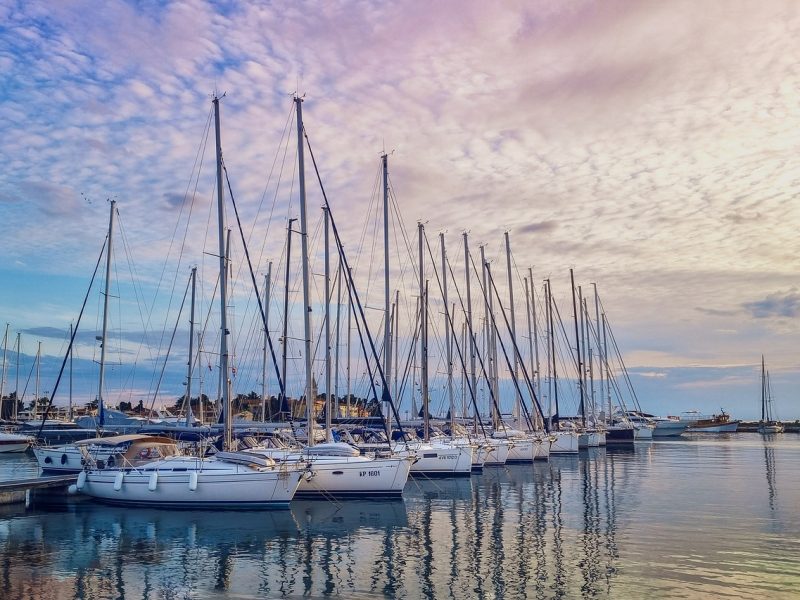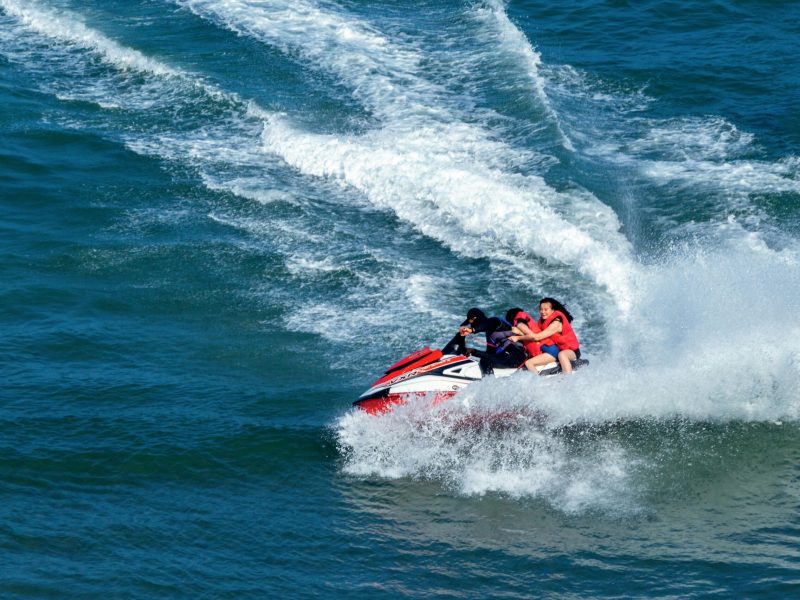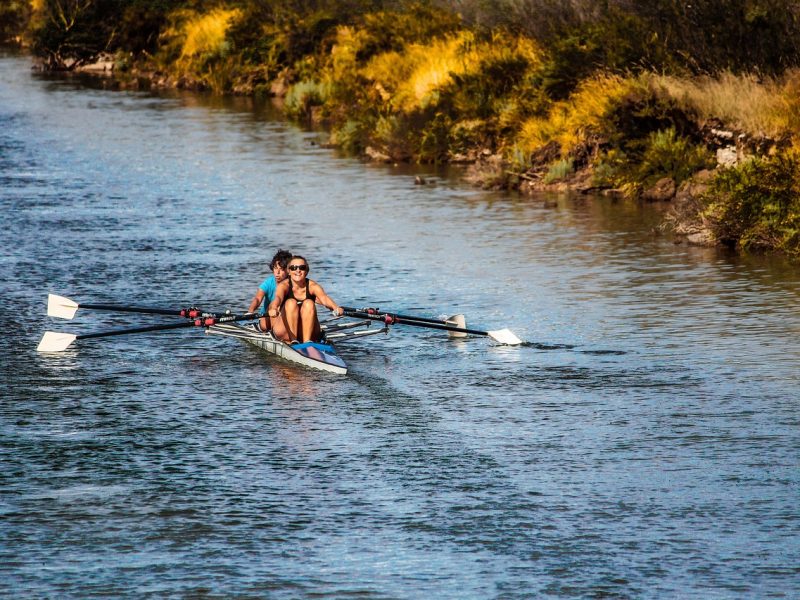
left
If passing on the port (left) side, signal your expectations obviously and guarantee there's adequate room to do so securely.

Crossing Paths
When two boats are on running into each other, the boat on the port (left) side should give way, while the boat on the starboard (right) side has the option to proceed.

Vessels
Generally give way to bigger vessels, like business ships and ships. These vessels are less flexibility and will most likely be unable to stop or take an alternate route rapidly.


